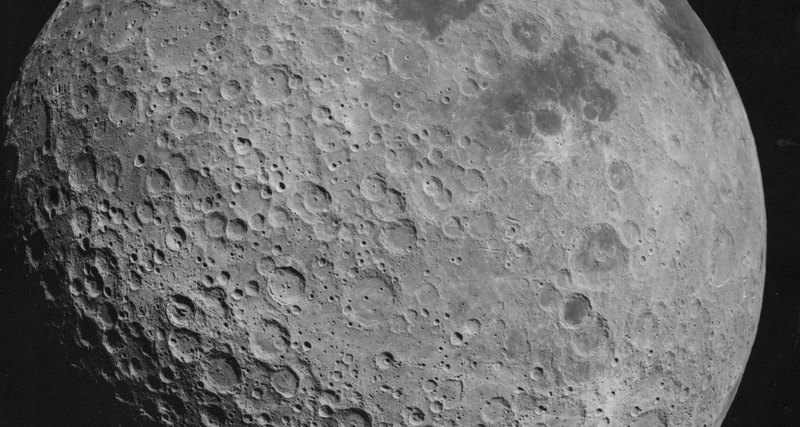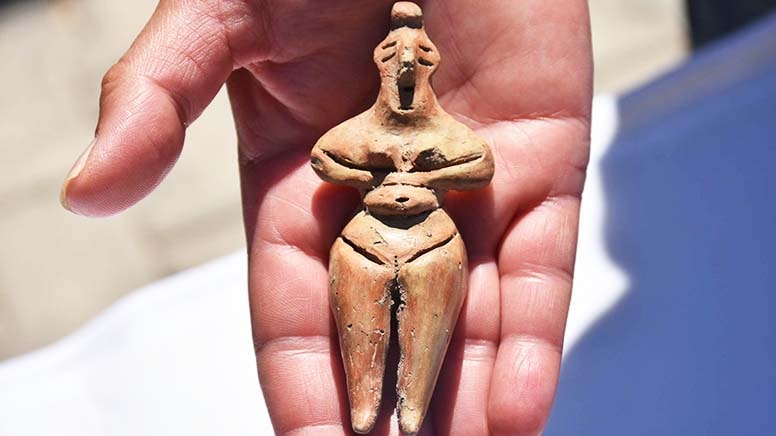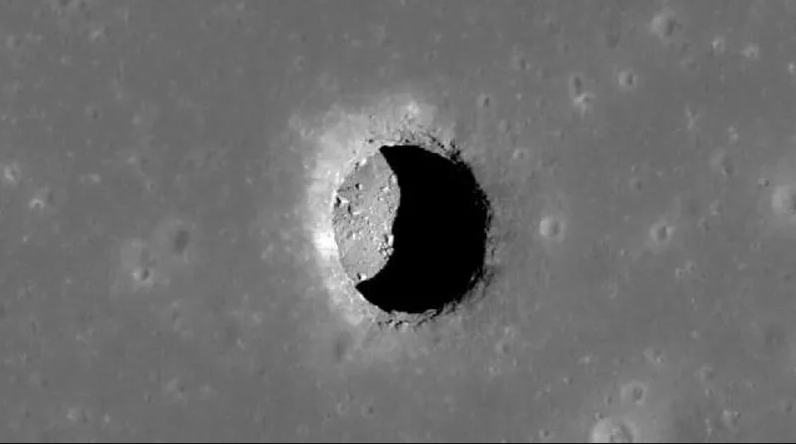
- A-
- A
- A+
Discovered the reason for the formation of mountains on the Moon
The height of some mountains on the moon reaches several kilometers, but until now it was unclear exactly how they appeared - there are no volcanic and strong seismic activity on the satellite. An international team of researchers working at the Canadian Royal Ontario Museum seems to have found the answer to this question.
Scientists re-examined samples of moonstones delivered to the Earth in 1972 by Apollo 17, and found traces of cubic zirconium crystalline structures that occur at temperatures above 2300 degrees Celsius, in fact, a phyant, which then returned to a stable state, turning into baddelite.
An analysis of the crystalline structures revealed that they formed about 4.3 billion years ago, and the high-temperature phase preceding their appearance was most likely the result of a powerful external impact. Researchers believe that it was a blow from a giant meteorite that formed a funnel several hundred kilometers in diameter and caused a mixture of the outer and inner layers of the satellite.

 Elm TV
Elm TV
 Photo
Photo
 Video
Video





